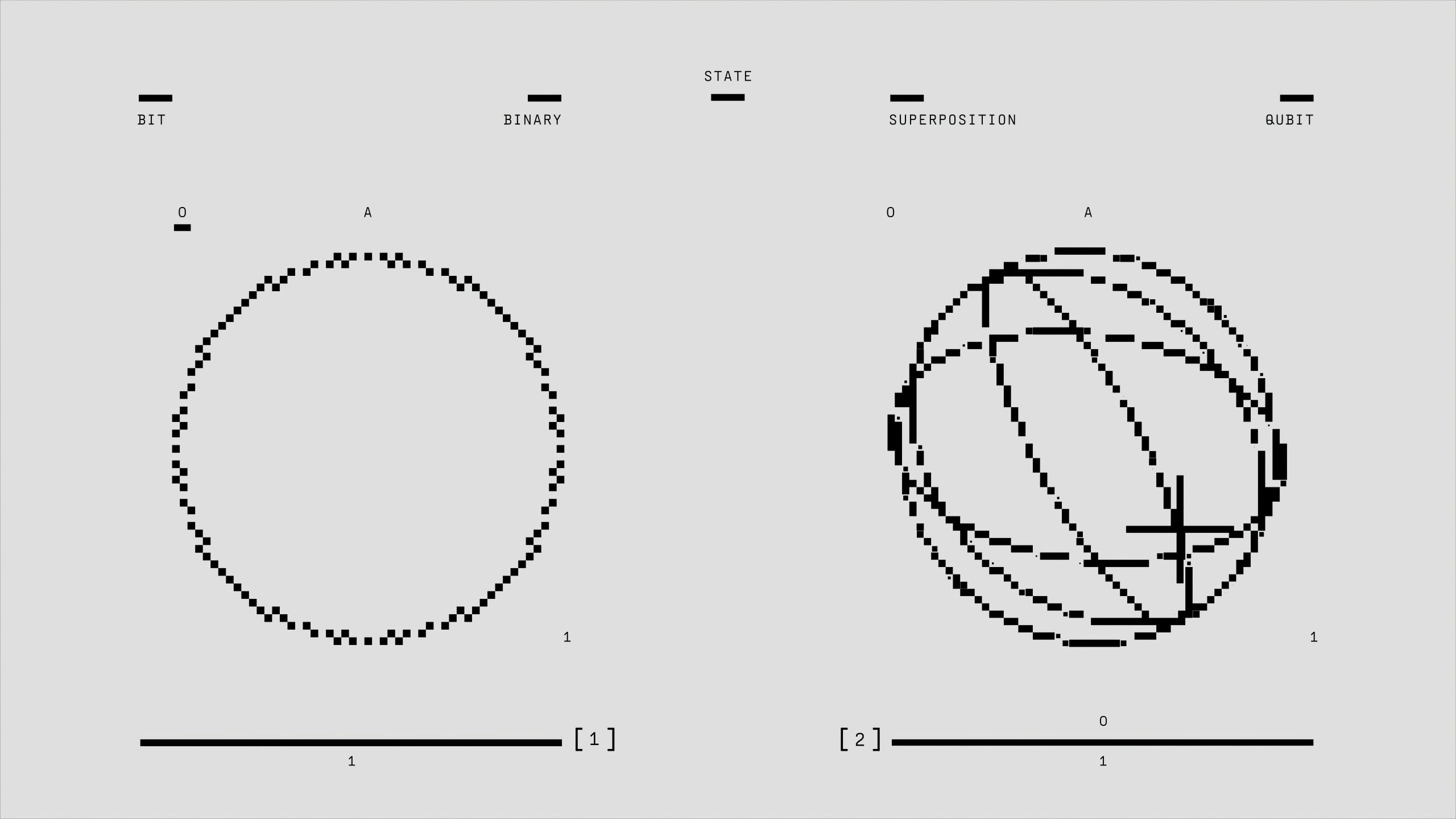Gap Testing
I regularly conduct gap tests to evaluate the completeness of a client’s data, and frequently, I encounter numerous gaps. What strategies can I use to effectively address a significant number of missing items?
- 7 Winnersh Fields, Gazelle Close, Winnersh RG41 5QS
- +44 1189 120700
- Home
- Blog
- Accounts Payable Audits
- Accounting
- Audit
- Home
- Blog
- Accounts Payable Audits
- Accounting
- Audit
© 2025 accountspayableaudit.co.uk. Created for free using WordPress and Kubio
Gap testing
Latest Comments

Tags:
No tags
Categories:
Leave a Reply Cancel reply
You must be logged in to post a comment.
© 2025 accountspayableaudit.co.uk. Created for free using WordPress and Kubio
One response
Addressing gaps or missing items identified during gap testing can be crucial to ensuring the completeness and accuracy of a client’s data. Here are some approaches you can take:
Root Cause Analysis: Investigate why the gaps are occurring. Are they due to data entry errors, system integration issues, or other factors? Understanding the underlying reasons can help in developing effective solutions.
Engage Stakeholders: Collaborate with relevant stakeholders, such as data owners and operational teams, to gather insights on the missing data. They may provide context and help identify if the gaps are legitimate or if they can be filled based on existing knowledge.
Prioritize Gaps: Not all gaps are equal in terms of impact. Assess which missing items are critical for your analysis and prioritize addressing those first. This can help in managing resources effectively.
Data Collection Strategies: For information that is missing but necessary, devise a plan to gather this data. This could involve creating new processes, updating forms, or initiating data collection campaigns.
Review Data Entry Processes: If the gaps are due to data entry, consider enhancing training for staff or implementing more robust entry protocols. Tools like drop-down menus and validation checks can help minimize errors.
Automation and Technology: Explore using technology solutions to automate data captures, such as APIs or data integration tools. This can help reduce manual entry errors and fill gaps more efficiently.
Data Quality Checks: Implement regular audits and data quality checks to continuously monitor for gaps and trends over time. This proactive approach can help catch issues before they become significant problems.
Documentation and Reporting: Keep detailed records of identified gaps and the actions taken to address them. Communicating these findings with relevant stakeholders will ensure that everyone is aware of the issues and involved in the resolution process.
By following these steps, you can systematically address gaps in your client’s data, leading to improved completeness and reliability in your assessments.